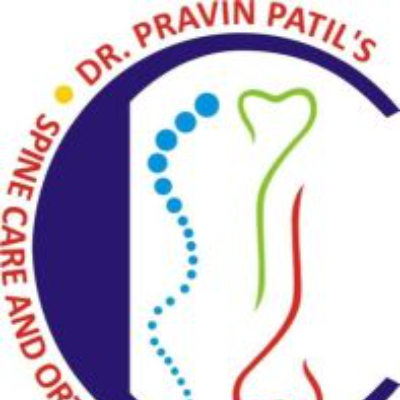+918048053745

This is your website preview.
Currently it only shows your basic business info. Start adding relevant business details such as description, images and products or services to gain your customers attention by using Boost 360 android app / iOS App / web portal.
LUMBAR CANAL STENOSIS Lumbar canal stenosis is a c...
LUMBAR CANAL STENOSIS Lumbar canal stenosis is a condition where the spinal canal in the lower back narrows, putting pressure on the spinal cord and nerves. This can lead to pain, numbness, and weakness in the lower back and legs. Here are key points for managing and treating lumbar canal stenosis: Understanding Lumbar Canal Stenosis: 1. *Causes* : - _(a) Degenerative Changes_ : Age-related changes such as osteoarthritis, disc degeneration, and thickening of spinal ligaments. (b) _Herniated_ _Discs_ : Discs that bulge into the spinal canal. (c) _Bone_ _Spurs_ : Overgrowth of bone that can narrow the spinal canal. (d) _Congenital Conditions_ : Some people are born with a narrower spinal canal. (e) _Spinal Injuries_ : Trauma to the spine can cause stenosis. 2. *Symptoms* : - (a) _Lower back pain_ . (b) _Numbness or tingling_ in the legs or buttocks. (c) _Weakness in the legs_ . (d) _Difficulty walking or standing for long periods._ (e) _Symptom relief when bending forward or sitting._ *Management and Treatment* : 1. *Non-Surgical Treatments* : (a) _Medications_ : Over-the-counter pain relievers such as NSAIDs (e.g., ibuprofen, naproxen) and acetaminophen. Muscle relaxants and prescription pain medications may also be used. (b) _Physical Therapy:_ Exercises to strengthen the muscles supporting the spine, improve flexibility, and enhance posture. Aquatic therapy can be especially beneficial. (c) _Activity Modification_ : Avoiding activities that exacerbate symptoms and incorporating low-impact exercises like swimming, cycling, or walking. (d) _Weight Management_ : Maintaining a healthy weight to reduce stress on the spine. (e) _Supportive Devices_ : Using braces or canes to improve stability and reduce pain. 2. *Minimally Invasive Procedures* : - (a) _Epidural Steroid Injections_ : Administered to reduce inflammation and provide temporary pain relief. (b) _Nerve Blocks_ : Injections to block pain signals from the affected nerves. 3. *Surgical Treatments* (considered when conservative treatments fail): (a) _Laminectomy_ : Removing part of the vertebra (the lamina) to create more space in the spinal canal. (b) _Foraminotomy_ : Enlarging the foramen (the openings where nerve roots exit the spine) to relieve nerve compression. (c) _Spinal Fusion_ : Fusing two or more vertebrae to stabilize the spine. (d) _Minimally Invasive Decompression Surgery_ : Using smaller incisions to remove parts of the bone or disc that are pressing on the nerves. 4. *Lifestyle Modifications* : - (a) _Regular Exercise_ : Engaging in low-impact activities to maintain spinal mobility and strength. (b) _Proper Posture_ : Ensuring proper posture while sitting, standing, and lifting to reduce spinal stress. (c) _Ergonomic Adjustments_ : Modifying workstations or tools to support proper spinal alignment and reduce strain.

